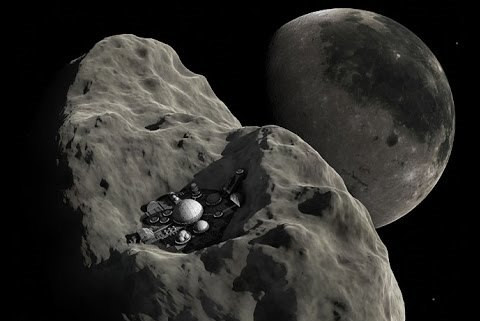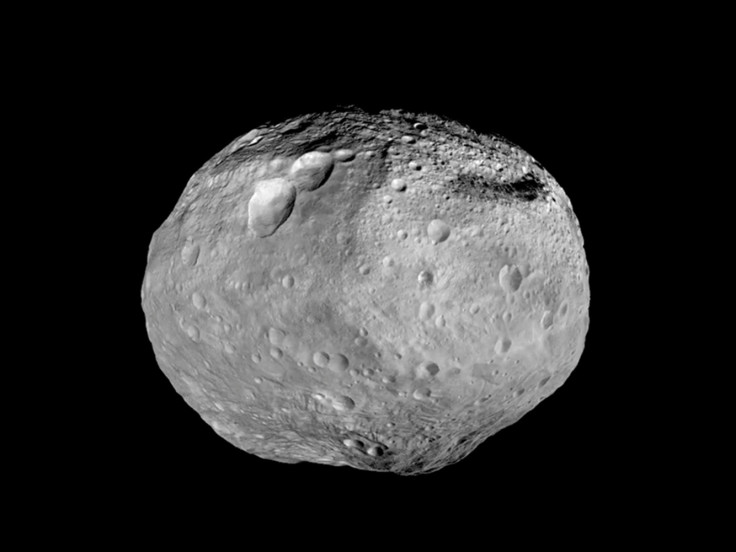Luxembourg's new law on space mining set to come into force
Platinum and water are likely to be the biggest targets for space mining firms.

Luxembourg's new law on space mining will come into force on Tuesday (1 August). It is the first formal piece of legislation that a European country has put together that attempts to create a legal framework within which private companies can extract resources from outer space and define their rights over the minerals they mine.
The law operates under the notion that minerals from outer space and resources taken from asteroids can be owned by private individuals. The law establishes procedures for authorising and supervising exploration missions, reports Reuters.
Deputy Prime Minister and Minister of Economy of Luxembourg, Etienne Schneider, told Reuters in an interview that the country "sees it as a business that has return on investment in the short-term, the medium-term, and the long-term".
In June last year, Luxembourg set aside $229m (£173m) to fund space exploration efforts that are centred on mining and bringing back minerals from outer space. While the goal is well over 15 years away, Schneider noted that there are a number of markets right now that could be fed by space mining in the near future.
The process of supplying and carrying out repairs in orbit could also become cheaper by that time. He also spoke about the use of 3D printing in the ISS and how small spares and parts could be potentially made in space.
Private American players like Planetary Resources and Deep Space Industries are already actively involved in the space mining industry and are expected to begin their exploratory missions soon. The companies want to mine metals like platinum and harness water from asteroids.
"We have every expectation that delivering water from asteroids and creating an in-space refueling economy is something that we'll see in the next 10 years — even in the first half of the 2020s," said Chris Lewicki, Planetary Resources president and chief engineer Chris Lewicki to space.com.
Nasa explains the three types of asteroids that are within reach of Earth. Most of these space rocks are located in the asteroid belt between Mars and Jupiter and are broadly classified as C, S, and M type rocks.
The C type rocks (chondrite) are the most common: they are believed to be among the most ancient objects in the entire solar system - remnants of the formation of planets. They are dark in appearance and are mostly of clay and silicone.
Type S (stony) rocks are made of silicate and nickel iron. Type M asteroids are metallic and composed of iron and platinum. Nasa notes that all the asteroids put together will not even make up the mass of Earth's moon.

While Luxembourg is the first European country to come up with space mining regulations, the US, under former president Barack Obama introduced a similar law for space exploration companies in November 2015 called the "Commercial Space Launch Competitiveness Act". It gives miners ownership rights to minerals extracted in outer space.
While the US law governs only companies that have a majority American stake, the Luxembourg regulations will reportedly only require the branches of companies to be located there.
"I am already in discussions with fund owners for more than €1bn which they want to dedicate to space exploration over here in Luxembourg," Schneider said.
© Copyright IBTimes 2025. All rights reserved.





















